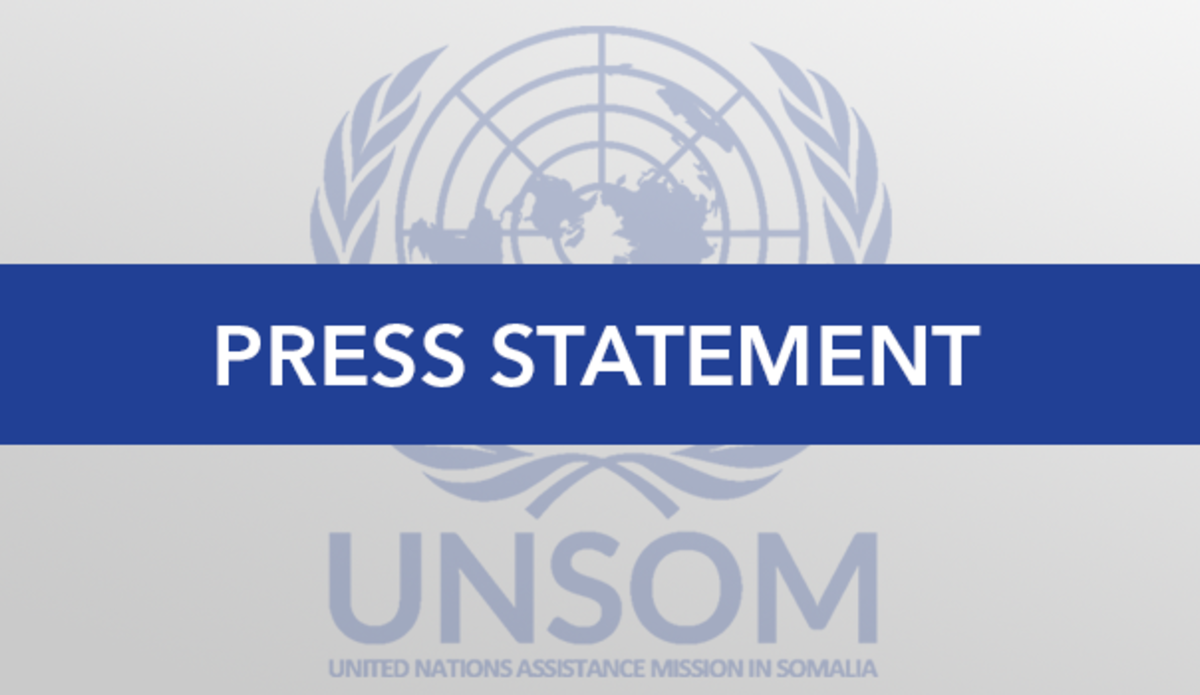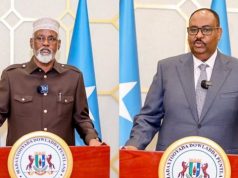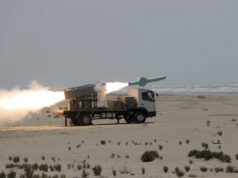
The State Department and USAID will invest more than $500 million in Somalia this year. That comes in addition to more than $1 billion in United Nations assistance. Each may hope such funds will restore prosperity and stability to Somalia, but they are wrong. Rather than ensure stability, the State Department’s Somalia strategy wastes taxpayer money and promises an Al Qaeda renaissance in the strategically important Horn of Africa.
The basic problem is centralization. By deciding to channel all funds through Mogadishu, Washington and the UN are replicating the Iraq program mistakes that culminated in the UN’s oil-for-food program which to this day remains the largest corruption scandal in UN history. That program started with good intentions: To ensure Iraq used its oil revenue to the benefit of its people. But for both bureaucratic and diplomatic reasons, the UN channeled all money first through Iraqi President Saddam Hussein’s government. The rest is history: The General Accounting Office estimated that Saddam Hussein’s’ regime derived more than $10 billion in illegal revenues, and an independent investigation commissioned by UN Secretary-General Kofi Annan largely affirmed the findings.
The program’s origins may have been relief, but Saddam weaponized it. When I first visited Iraqi Kurdistan in 2000, Kurds complained that they lived under double sanctions: First, the international community against Iraq and, second, the Iraqi regime’s against them. Both the UN and US effectively allowed Saddam to feed his allies and starve his opponents. Corruption thrived and, in 2003, war returned.
The parallels between Iraq and Somalia are eerie. Both Saddam Hussein and Mohamed Siad Barre seized power in the late 1960s and consolidated iron grips over their countries. Both amassed huge fortunes, and both invaded their neighbors. And, as with Saddam Hussein, Siad Barre’s ambitions drove his country to genocide. While Saddam bombarded Iraq’s northern Kurds. Siad Barre turned MiG fighters against the Isaaqs in the Somaliland region. In 1991, both the Kurds and the Isaaq emerged from their respective killing fields with de facto autonomy and nascent democracy.
But even as Kurds and Somalilanders began running their own affairs, UN and US sanctions remained. Symbolic unity required treating Kurds as no different than Saddam’s regime. Today, the same dynamic continues in Somaliland. Visiting diplomats and NGO workers acknowledge that the difference between the Somaliland region and Somalia proper are night and day. Somalia is among the world’s most dangerous countries; Somaliland is among the safest in Africa. Somalia’s president controls a few neighborhoods in Mogadishu and relies on foreign troops to defend even that. Somaliland has managed to secure an area the size of Missouri without foreign aid. In Somalia, an appointed parliament itself elects a president. Somaliland’s last presidential elections were the world’s first secured by biometric iris scans.







